Home>Dining>Tableware>How To Organize Your Dining Room Efficiently
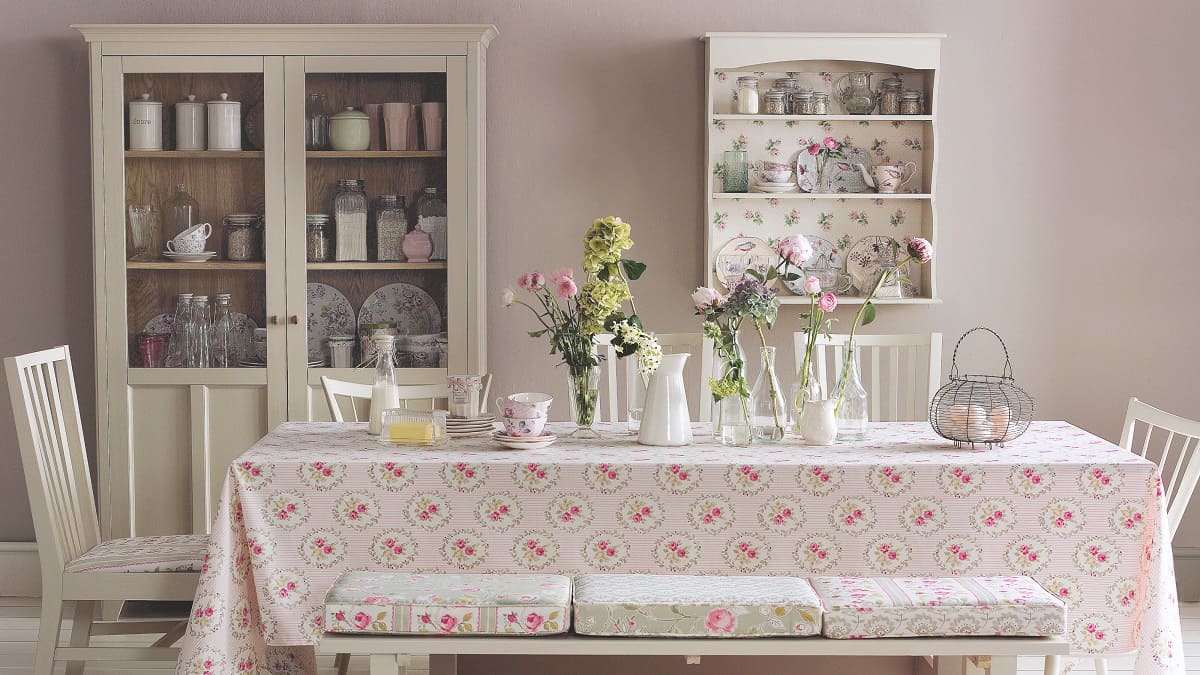

Tableware
How To Organize Your Dining Room Efficiently
Modified: February 24, 2024
Learn how to efficiently organize your dining room and keep your tableware in order with our helpful tips and tricks. Maximize space and declutter your dining area today!
(Many of the links in this article redirect to a specific reviewed product. Your purchase of these products through affiliate links helps to generate commission for Storables.com, at no extra cost. Learn more)
Decluttering your Dining Room
Having a clutter-free dining room is essential for creating a calm and inviting space. A cluttered dining room not only looks chaotic but can also make it challenging to find the items you need when setting the table or entertaining guests. Decluttering your dining room will not only improve its visual appeal but also make it more functional and efficient. Here are some steps to help you declutter your dining room:
- Assess the situation: Start by taking a good look at your dining room and identifying areas that need decluttering. Look for items that are unnecessary, taking up space, or not related to dining.
- Purge unwanted items: Go through your dining room and remove any items that you no longer need or use. This includes old dishes, broken appliances, or decorative items that no longer fit your style. Consider donating or selling items that are still in good condition.
- Organize storage: Make use of storage solutions to keep your dining essentials well-organized. Invest in cabinets, shelves, or sideboards to store tableware, linens, and other dining-related items. Use dividers or baskets to keep smaller items neatly arranged.
- Streamline your tableware: Assess your collection of tableware and keep only the items you regularly use. Donate or sell any excess dishes, glasses, or utensils that are not necessary. This will free up space and make it easier to maintain an organized dining room.
- Utilize wall space: Install shelves or wall racks to maximize storage space. Display decorative plates or artwork related to dining to add a personal touch while keeping the surfaces clutter-free.
- Clear the surfaces: Keep the tabletop as clear as possible. Remove unnecessary items such as random papers, toys, or unrelated clutter. Use a designated tray or decorative container to hold essentials like napkins and condiments.
- Label and categorize: Use labels or dividers to categorize items within your storage spaces. This will help you easily find and put back the items after use, maintaining an organized dining room in the long run.
- Establish a decluttering routine: Make it a habit to regularly declutter your dining room. Set aside time once a month or seasonally to reassess and declutter any new items that have accumulated.
By following these steps, you can transform your dining room into a well-organized and clutter-free space. Decluttering not only enhances the visual appeal but also makes it easier to entertain guests and enjoy meals with your loved ones.
Key Takeaways:
- Decluttering and organizing your dining room is essential for creating a calm and inviting space. By purging unwanted items, utilizing storage solutions, and establishing a decluttering routine, you can transform your dining room into a well-organized and clutter-free environment.
- Maximizing storage space, arranging furniture for flow and functionality, creating designated zones, managing table settings, and incorporating smart organizational tools are key strategies for maintaining a clean, organized, and efficient dining room.
Read more: How To Design Your Dining Room
Maximizing Storage Space
Having ample storage space in your dining room is crucial for keeping it organized and functional. When you have designated areas to store your tableware, linens, and other dining essentials, it becomes easier to maintain a clutter-free environment. Here are some tips to help you maximize storage space in your dining room:
- Invest in multifunctional furniture: Choosing furniture pieces that offer additional storage can significantly expand your storage options. Consider investing in a buffet or sideboard with cabinets or drawers to store table linens, serving dishes, or even wine glasses.
- Utilize vertical space: Make use of the vertical space in your dining room by installing wall-mounted shelves or hanging racks. These can be used to store and display items such as decorative plates, glassware, or even cookbooks.
- Utilize underutilized areas: Look for underutilized areas in your dining room that can be used for storage. For example, consider using the space under the dining table by adding stylish baskets or bins to store extra table linens or even children’s toys.
- Use storage containers and organizers: Utilize storage containers and organizers to keep smaller items neatly arranged. Opt for stackable containers or jars to store items like napkin rings, condiments, or even spices. This not only saves space but also keeps your dining essentials easily accessible.
- Make use of corner space: Corner shelves or cabinets are a great way to utilize often-forgotten corners in your dining room. They can be used to store items such as glassware, china, or decorative pieces, freeing up valuable storage space elsewhere.
- Consider open shelving: Open shelving can be a stylish and practical storage solution for your dining room. Display your favorite dishware or decorative items on the shelves while keeping them within reach for everyday use.
- Optimize cabinet space: Organize your cabinet space effectively by using stacking shelves, drawer dividers, or adjustable shelf inserts. These will help maximize the vertical space within your cabinets and keep items neatly organized.
- Utilize the dining table: If your dining table has drawers or a hollow center, make use of these spaces to store extra placemats, coasters, or even cutlery. This clever utilization of the dining table enhances storage while keeping the tabletop uncluttered.
By implementing these storage-maximizing strategies, you can create a dining room that is both functional and stylish. The key is to make use of every available space, from the walls to the furniture, and invest in storage solutions that suit your needs and aesthetic preferences. With ample storage space, you can always have your dining essentials at hand while maintaining a clutter-free environment.
Arranging Furniture for Flow and Functionality
The layout and arrangement of furniture in your dining room can significantly impact the flow and functionality of the space. By strategically placing your furniture pieces, you can create a welcoming and efficient dining area. Here are some tips for arranging furniture in your dining room:
- Consider the shape and size of your dining room: Take the measurements of your dining room and consider its shape when arranging furniture. This will help you determine the best placement for your dining table, chairs, and other furniture items.
- Focus on the dining table: The dining table is the centerpiece of your dining room, so it should be the primary focus when arranging furniture. Ideally, it should be placed in the center or against a wall, allowing sufficient space for chairs to be pulled out and maneuvered comfortably.
- Create a comfortable seating arrangement: Arrange dining chairs around the table in a way that allows easy movement and promotes conversation. Leave enough space between chairs for guests to comfortably sit and get up from the table without feeling overcrowded.
- Consider traffic flow: When arranging furniture, consider the natural flow of movement in the room. Ensure that there is enough space for people to walk around the dining area without any obstructions. Avoid placing furniture in pathways or doorways.
- Use rugs to define the dining area: If your dining room is part of an open floor plan, use a rug to define the dining area and anchor the furniture. A rug can help create a visual separation between the dining area and other living spaces while adding warmth and texture.
- Utilize wall space for additional storage: If you have limited floor space, make use of the walls to add additional storage. Install floating shelves or wall-mounted cabinets to store extra tableware, glasses, or decorative items.
- Consider lighting: Proper lighting is essential for creating a pleasant dining experience. Place a chandelier or pendant light fixture above the dining table to provide ample lighting while also adding a focal point to the room.
- Balance aesthetics and functionality: While aesthetics are important, ensure that the arrangement of furniture also serves its intended purpose. Balance the visual appeal with practicality, making sure that the furniture’s positioning allows for easy access and functionality.
By considering the size of your dining room, focusing on the dining table, creating a comfortable seating arrangement, considering traffic flow, utilizing wall space, and balancing aesthetics with functionality, you can arrange your furniture in a way that enhances the flow and functionality of your dining room. This will create a pleasant and efficient space for dining and entertaining.
Creating Designated Zones for Different Purposes
Creating designated zones in your dining room can help maximize its functionality and organization. By assigning specific areas for different purposes, you can create a more efficient and harmonious space. Here are some ideas for creating designated zones in your dining room:
- Dining area: The main zone in your dining room is, of course, the dining area itself. This is where your dining table and chairs are located. Arrange the furniture in a way that allows for comfortable seating and easy access to the table.
- Buffet or sideboard area: If you have a buffet or sideboard in your dining room, designate an area specifically for it. This is where you can set up a serving station during meals or use it to store additional tableware, linens, or even a small bar area.
- Storage area: Designate an area for storage where you can keep extra linens, serving platters, and other dining-related items. This can be in the form of cabinets, shelves, or even a dedicated closet space.
- Bar area: If you enjoy hosting gatherings, consider creating a designated bar area in your dining room. Set up a bar cart, install a small bar counter, or dedicate a section of your sideboard to store drinks and bar accessories.
- Display area: Showcase your decorative items or collections by creating a designated display area. This can be a shelf, a china cabinet, or a wall-mounted showcase. Display items that are visually appealing and complement the overall aesthetic of your dining room.
- Workspace: If you use your dining room as a multipurpose space, consider creating a workspace or study area. Add a desk, comfortable chair, and task lighting to create a functional zone where you can work, study, or pay bills.
- Children’s area: If you have young children, create a designated area for them within the dining room. Set up a small play table and chairs or incorporate a toy storage unit. This will provide them with a designated space while keeping their toys contained and organized.
- Reading nook: If you have space, create a cozy reading nook in a corner of your dining room. Add a comfortable chair, a small bookshelf, and soft lighting to create a quiet retreat where you can enjoy a good book or relax.
By creating designated zones for different purposes in your dining room, you can effectively utilize the space while maintaining organization and functionality. Each zone serves a specific purpose, allowing you to enjoy your dining room to its fullest potential.
Use storage solutions like cabinets, sideboards, and shelves to keep dining essentials organized and easily accessible. Utilize drawer dividers and organizers to keep smaller items tidy.
Managing Table Settings and Accessories
The way you manage your table settings and accessories can greatly impact the overall look and feel of your dining room. Properly arranging and organizing your tableware and accessories not only enhances the visual appeal but also makes it easier to set the table for meals or special occasions. Here are some tips for managing table settings and accessories:
- Organize tableware by category: Categorize your tableware, such as plates, glasses, and cutlery. Keep them separate and neatly organized in cabinets or drawers, making it easier to find what you need when setting the table.
- Consider a designated tableware storage area: Designate a specific area or cabinet for your tableware, ensuring easy access and organization. You may use dividers or organizers to keep different types of tableware separate and prevent them from getting scratched or damaged.
- Create a place setting template: Develop a place setting template that reflects your personal style. Choose coordinating dinnerware, flatware, and glassware for a cohesive look. Having a template will make it easier to set the table for different occasions.
- Store table linens neatly: Keep table linens, such as tablecloths, napkins, and placemats, neatly folded and stored in a designated area. Consider using drawer dividers or fabric bins to keep them organized and easily accessible.
- Utilize decorative trays or caddies: Use decorative trays or caddies to hold essential table accessories, such as salt and pepper shakers, napkin rings, and condiments. This keeps them together and adds a touch of elegance to your table setting.
- Consider a decorative centerpiece: Add a beautiful centerpiece to your table to create a focal point. It can be a floral arrangement, a collection of candles, or a decorative bowl filled with fruit. Make sure the centerpiece doesn’t obstruct the view or interfere with conversation across the table.
- Keep essential accessories within reach: Keep frequently used accessories, like serving utensils, gravy boats, and coasters, within easy reach. Consider using a decorative container or a drawer organizer to store them near the dining table.
- Rotate and clean your tableware: Regularly rotate your tableware to ensure that all pieces get used. This prevents some items from gathering dust or becoming forgotten. Also, make sure to clean and polish your tableware regularly to maintain its luster and shine.
By taking these steps to manage your table settings and accessories, you can create a visually appealing dining room that is well-organized and ready for any meal or occasion. Having everything in its place and easily accessible makes setting the table a breeze, allowing you to enjoy your dining experiences to the fullest.
Read more: How To Decorate Your Dining Room
Incorporating Smart Organizational Tools
Incorporating smart organizational tools into your dining room can greatly enhance its efficiency and functionality. These tools not only help you keep your belongings in order but also add a touch of sophistication to the space. Here are some ideas for incorporating smart organizational tools into your dining room:
- Drawer dividers: Use drawer dividers to separate and organize your dining utensils, napkin rings, and other small items. Dividers make it easy to find what you need quickly and prevent items from shifting or becoming tangled in the drawer.
- Adjustable shelves: Install adjustable shelves in your cabinets to make the most of the available space. This allows you to customize the shelf heights to accommodate different-sized items such as serving platters, bowls, or wine glasses.
- Pull-out tray organizers: Maximize your cabinet space by incorporating pull-out tray organizers. These organizers can hold spices, condiments, or other smaller items, making them easily accessible while keeping your cabinets tidy.
- Wall-mounted wine racks: If you enjoy collecting and displaying wine bottles, consider installing a wall-mounted wine rack. This not only keeps your wine bottles organized but also adds an elegant touch to your dining room decor.
- Labeling systems: Use labeling systems, such as label makers or chalkboard labels, to clearly identify the contents of storage containers, drawers, or shelves. This makes it easier to find specific items and promotes orderly organization.
- Hanging pot racks: If you have limited cabinet space, consider installing a hanging pot rack above your dining table or kitchen island. This allows you to store and display your cookware while freeing up cabinet space for other items.
- Over-the-door organizers: Utilize the back of your dining room door by hanging an over-the-door organizer. This can be used to store items such as table linens, aprons, or even extra dining utensils.
- Clear storage containers: Use clear storage containers for storing items like table linens, placemats, or seasonal decorations. Clear containers allow you to see the contents at a glance, making it easier to locate specific items without rummaging through multiple containers.
- Pegboard walls: Install a pegboard wall in your dining room to hang and organize various cooking utensils, cutting boards, or even decorative accessories. This versatile tool keeps frequently used items within reach while adding a stylish and functional element to the space.
By incorporating these smart organizational tools into your dining room, you can optimize the space and keep it clutter-free. These tools not only add practicality but also contribute to the overall aesthetics, making your dining room a well-organized and visually pleasing environment.
Maintaining Cleanliness and Organization
Maintaining cleanliness and organization in your dining room is essential for creating a welcoming and enjoyable space. By establishing effective cleaning and organizing habits, you can ensure that your dining room remains tidy and functional. Here are some tips for maintaining cleanliness and organization:
- Create a cleaning routine: Establish a regular cleaning routine for your dining room. This can include tasks such as dusting furniture, wiping down surfaces, and vacuuming or sweeping the floor. By sticking to a schedule, you can prevent dirt and clutter from accumulating.
- Clear the table after meals: Encourage everyone in your household to clear the table immediately after meals. This prevents dishes and utensils from piling up and ensures that the dining table remains clean and ready for the next meal.
- Wash and store dishes promptly: Avoid leaving dirty dishes in the sink or on the counter for an extended period. Wash and dry them promptly, then store them in their designated place to maintain an organized and clutter-free dining area.
- Manage paperwork: Keep your dining room free from random papers or mail. Designate a specific area, such as a drawer or wall-mounted organizer, for important paperwork like bills or invitations. Dispose of unnecessary papers promptly.
- Regularly declutter: Take time to declutter your dining room on a regular basis. Remove items that no longer serve a purpose or are out of place. Consider donating or selling items that are in good condition but are taking up valuable space.
- Assign a home for everything: Designate specific storage areas for all your dining room items. This includes tableware, linens, serving dishes, and accessories. Return each item to its designated place after use to maintain an organized and clutter-free environment.
- Utilize storage solutions: Make use of storage solutions such as cabinets, shelves, or decorative baskets to keep your dining room organized. Group similar items together and label containers to easily find what you need.
- Regularly rotate seasonal items: If you have seasonal or decorative items in your dining room, regularly rotate them to keep the space fresh. Store off-season items in labeled containers to save space and keep them organized.
- Keep surfaces clean and clear: Wipe down dining surfaces regularly to remove crumbs and spills. Keep them clear of unnecessary clutter or decorative items that may collect dust or impede functionality.
- Involve the whole family: Encourage everyone in your household to take responsibility for maintaining cleanliness and organization in the dining room. Assign tasks or create a cleaning schedule to ensure that everyone participates in keeping the space tidy.
By implementing these tips for maintaining cleanliness and organization in your dining room, you can create a space that is not only visually pleasing but also functional. By establishing good habits and involving everyone, you can enjoy a clean, organized, and inviting dining area for family meals, gatherings, and special occasions.
Frequently Asked Questions about How To Organize Your Dining Room Efficiently
Was this page helpful?
At Storables.com, we guarantee accurate and reliable information. Our content, validated by Expert Board Contributors, is crafted following stringent Editorial Policies. We're committed to providing you with well-researched, expert-backed insights for all your informational needs.
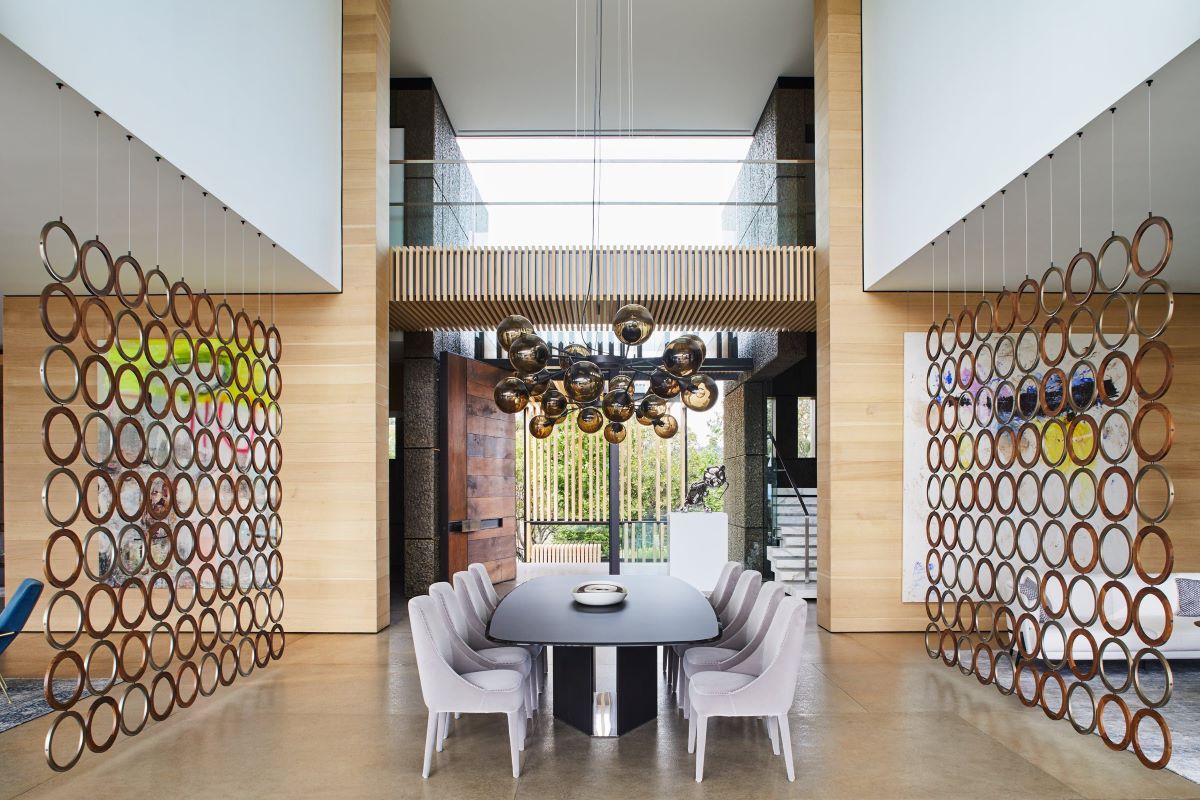
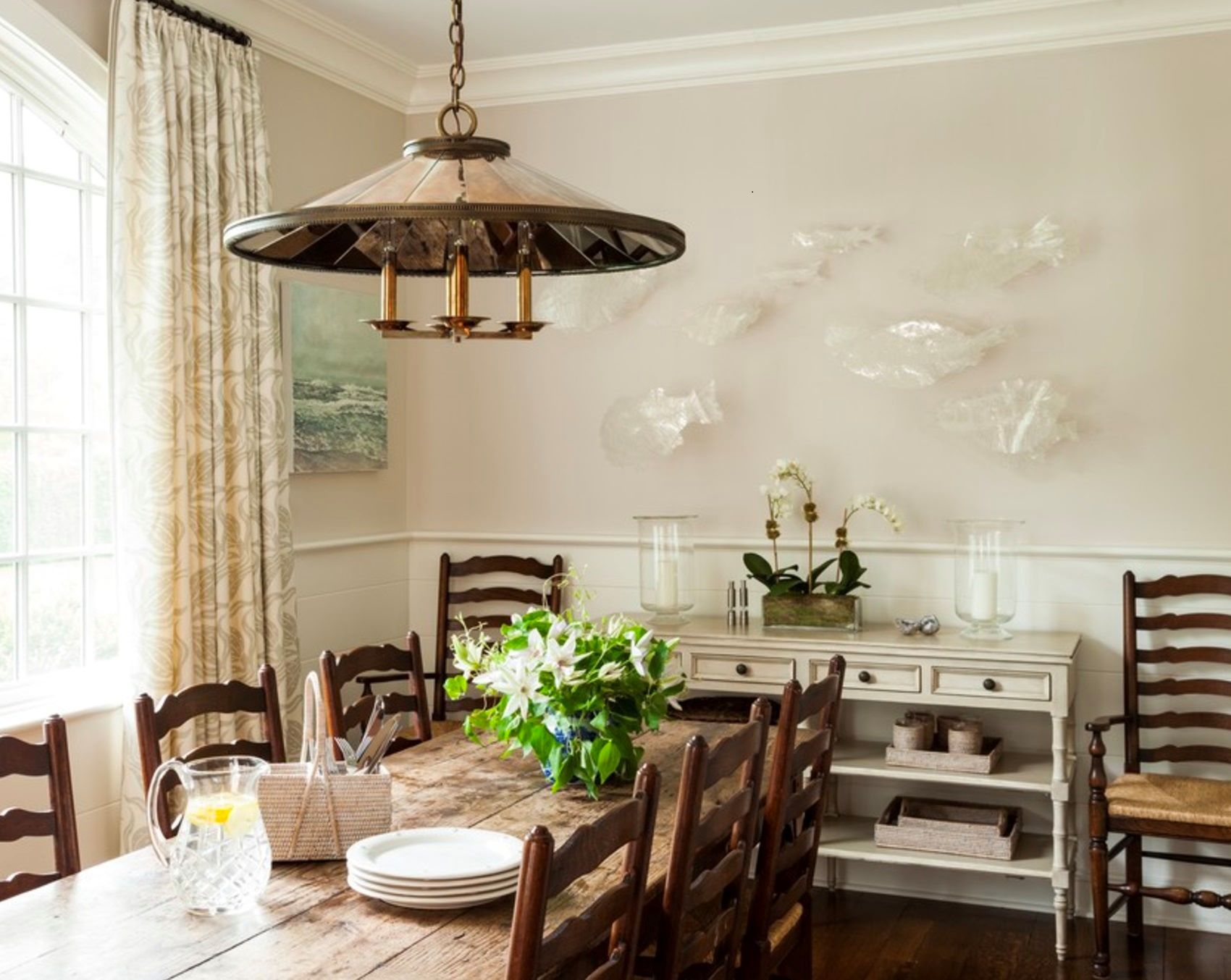
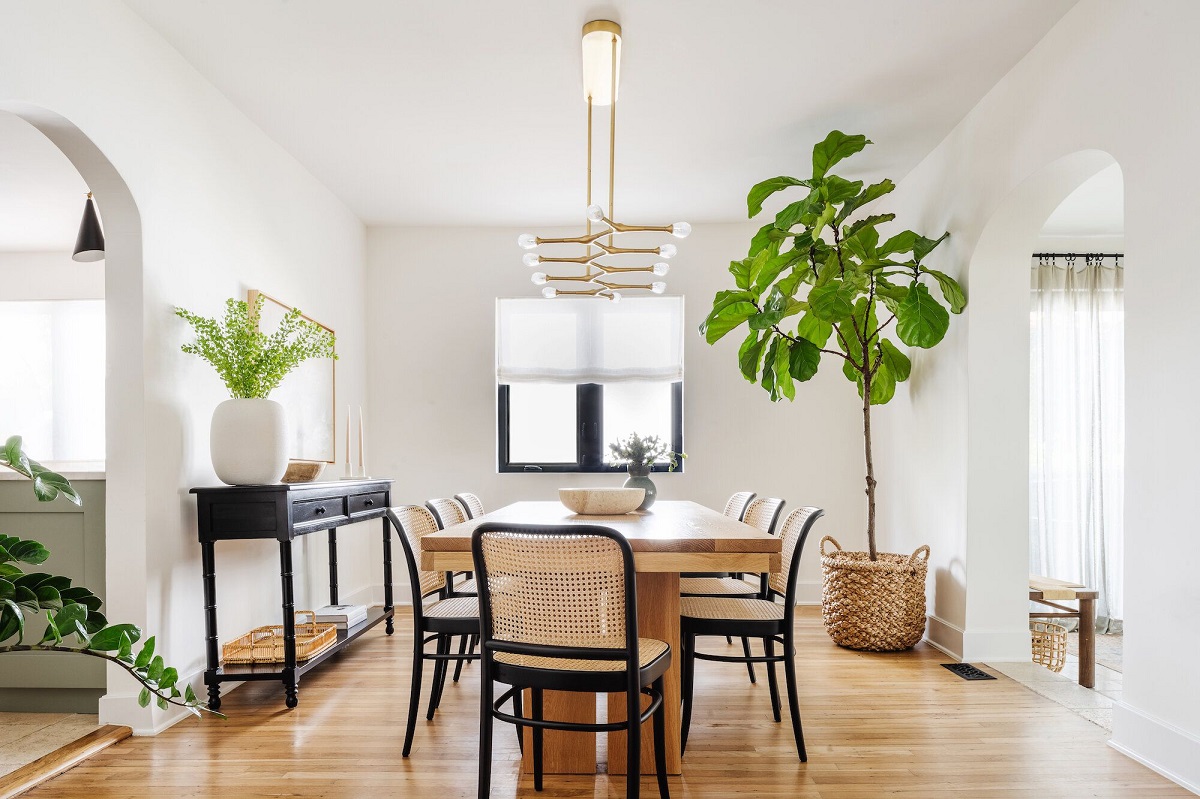
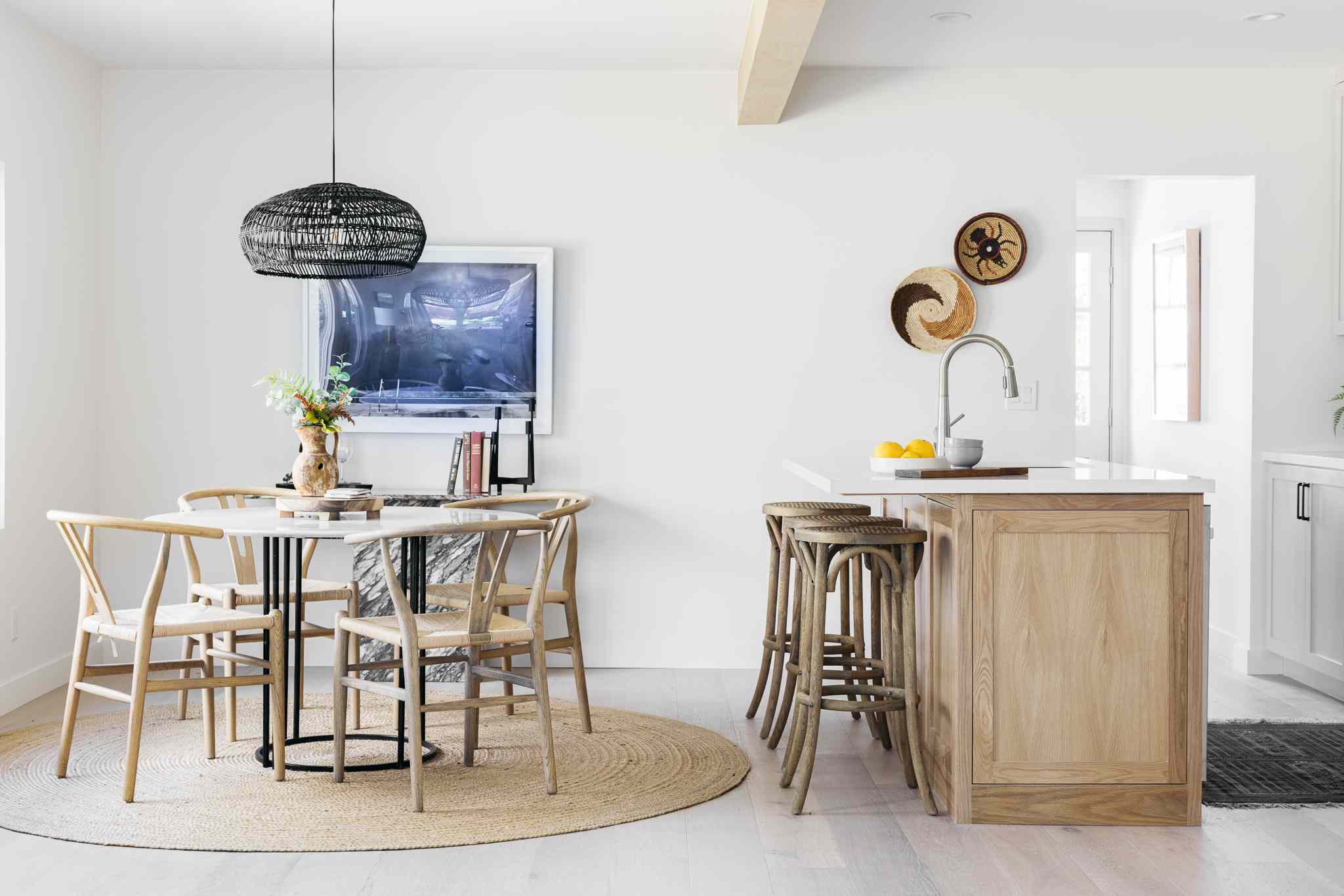
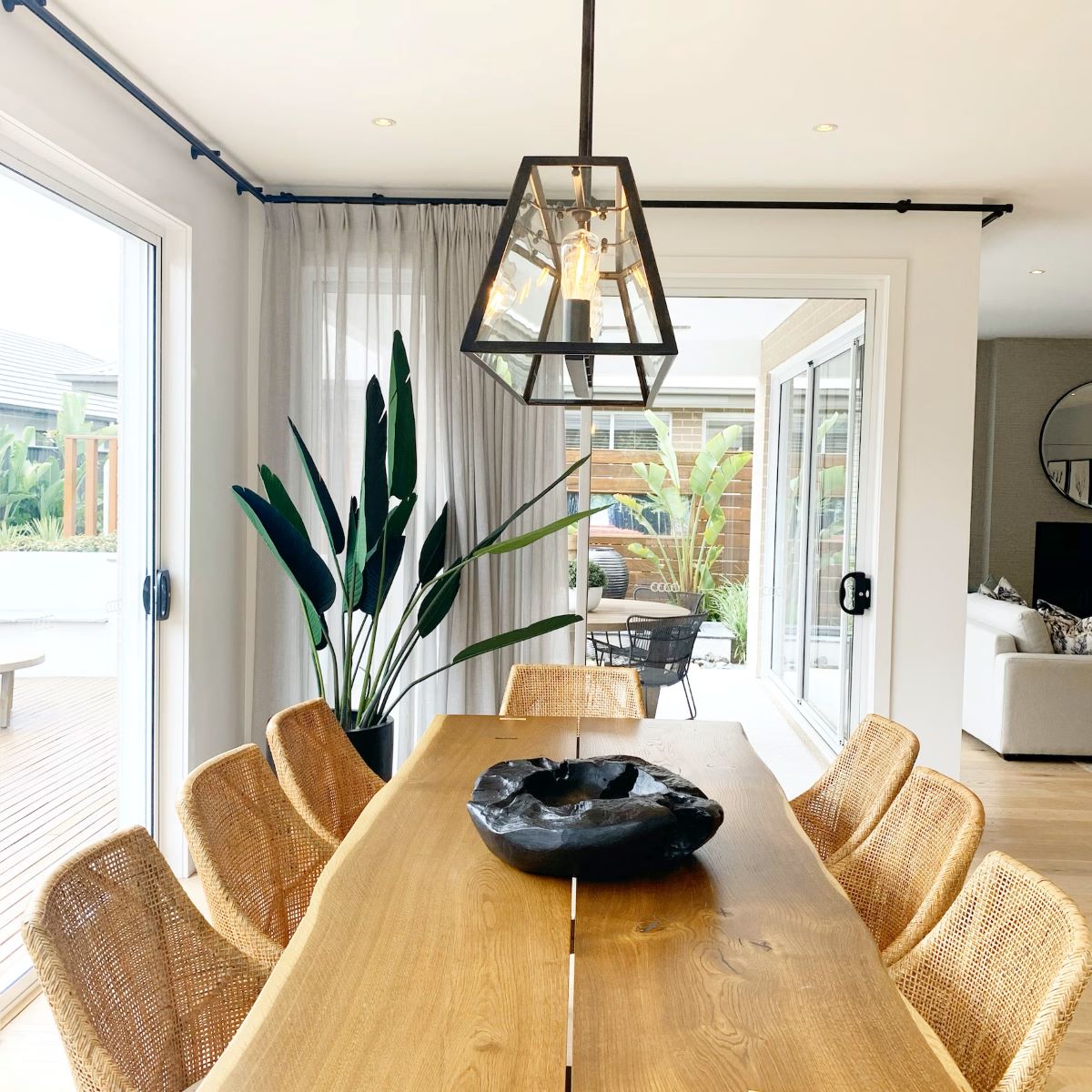
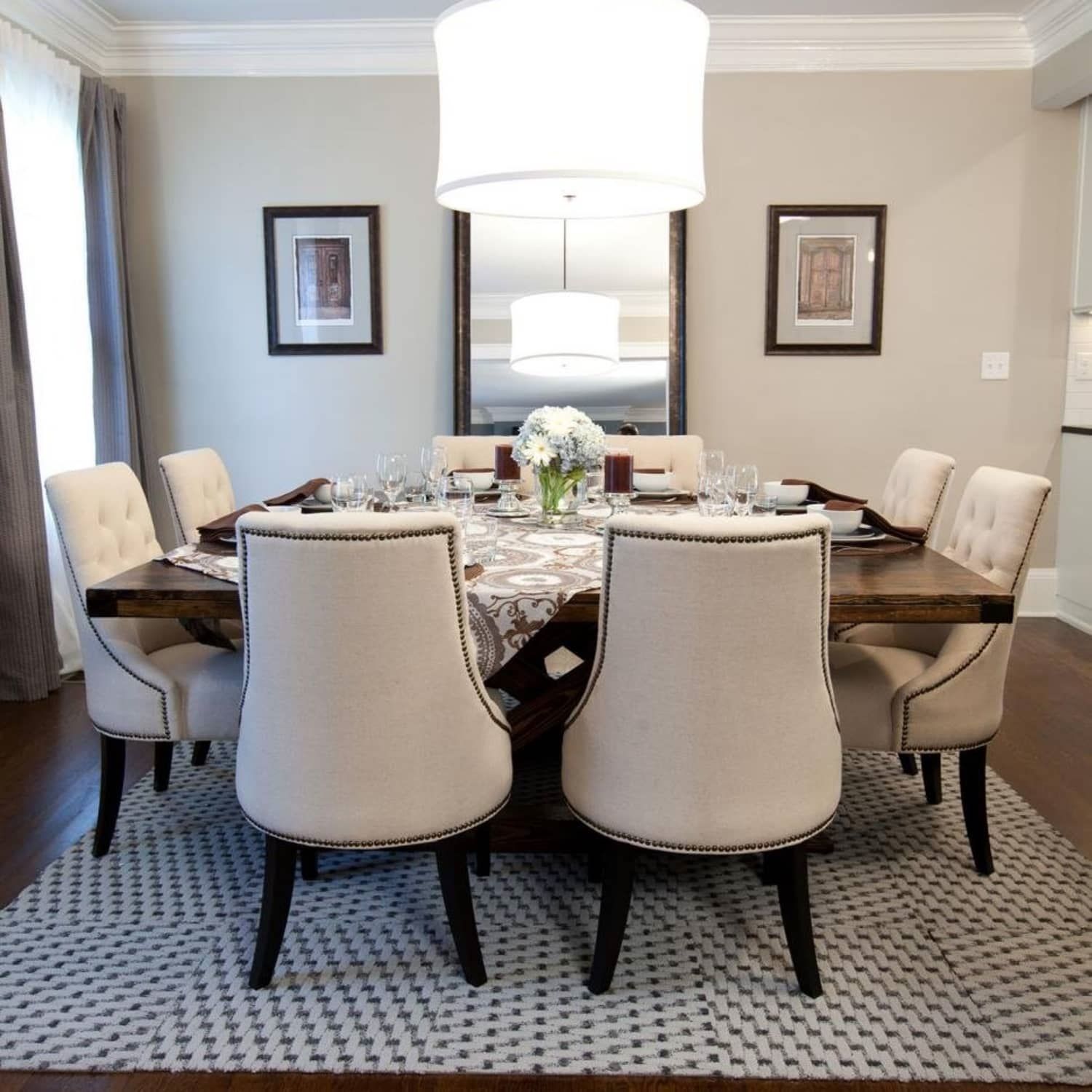
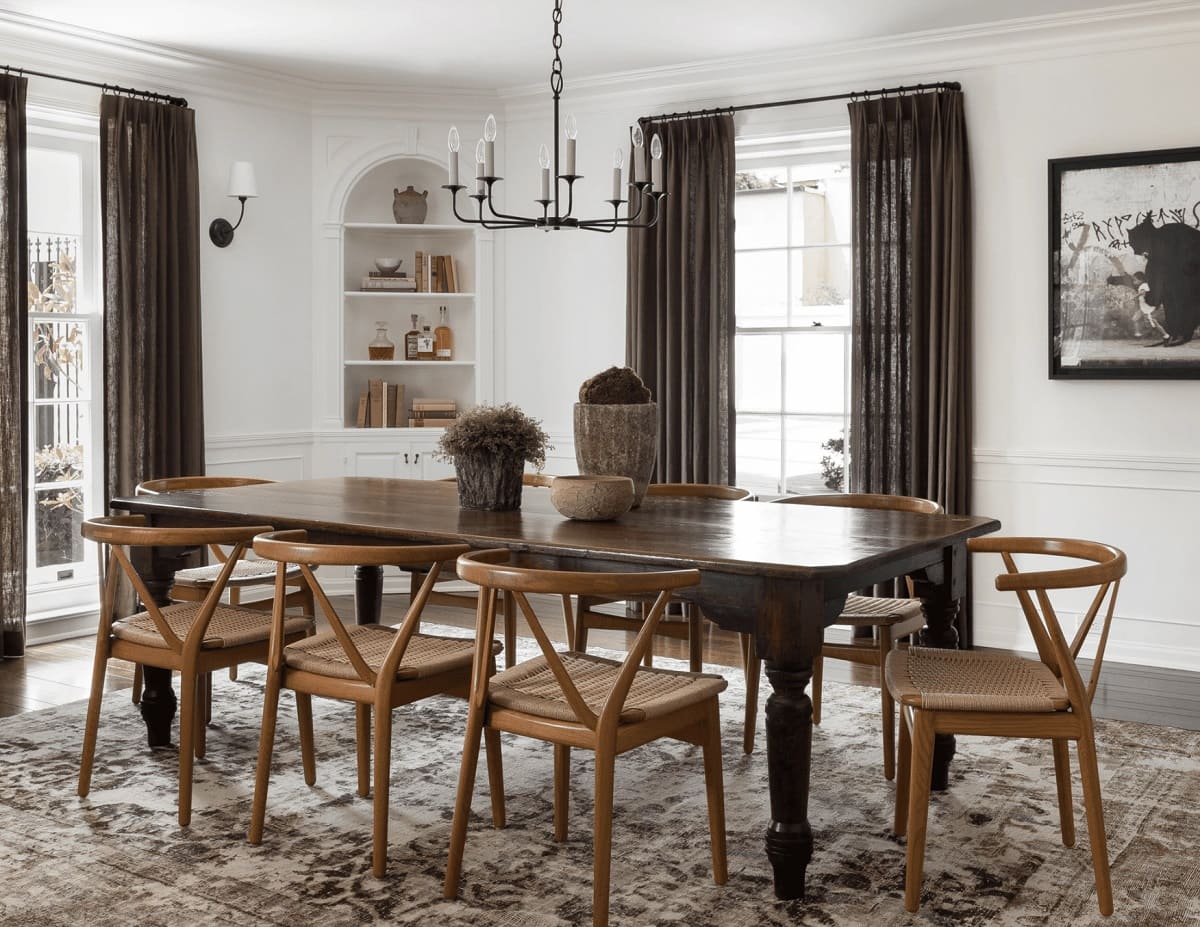
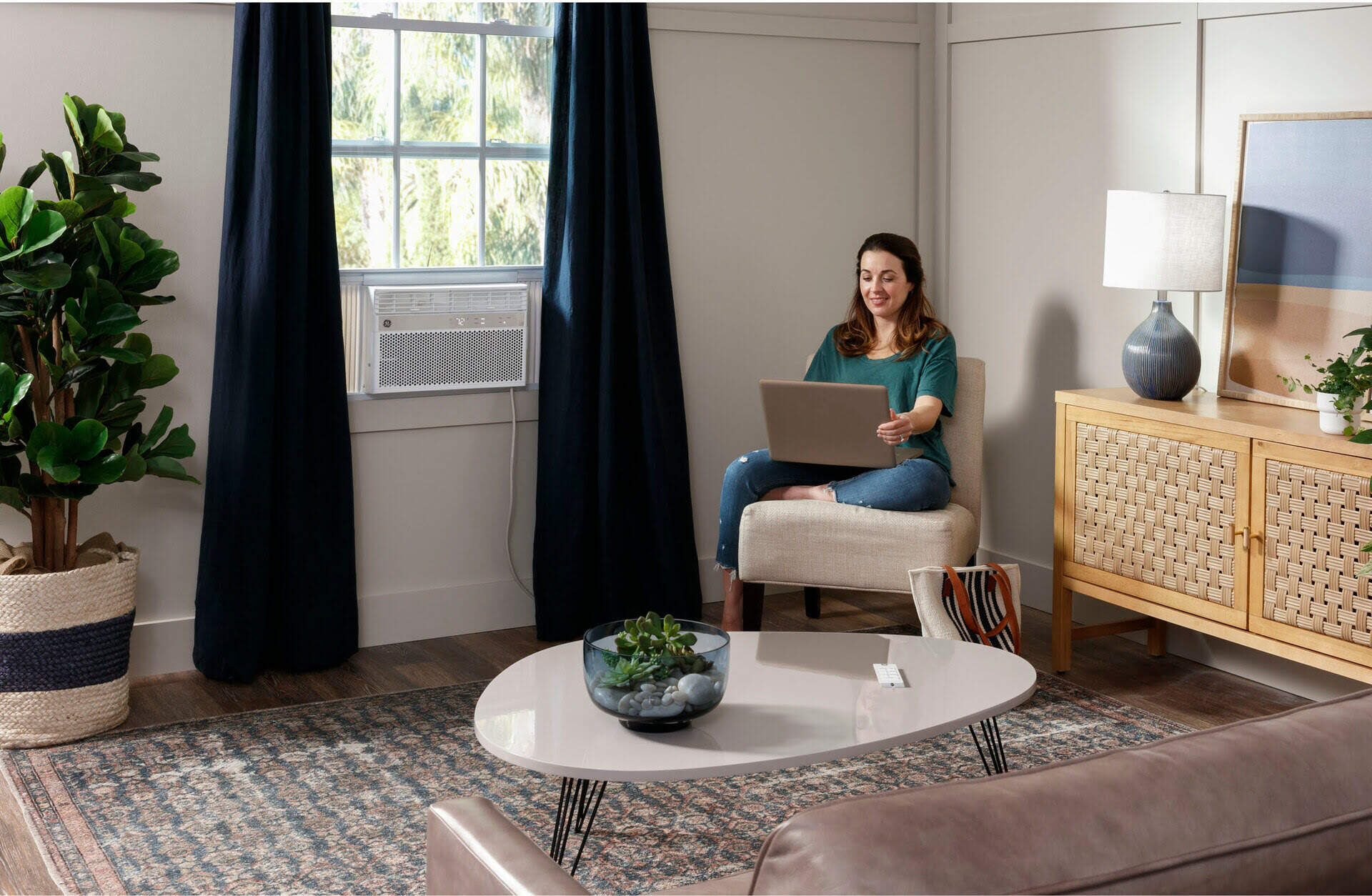

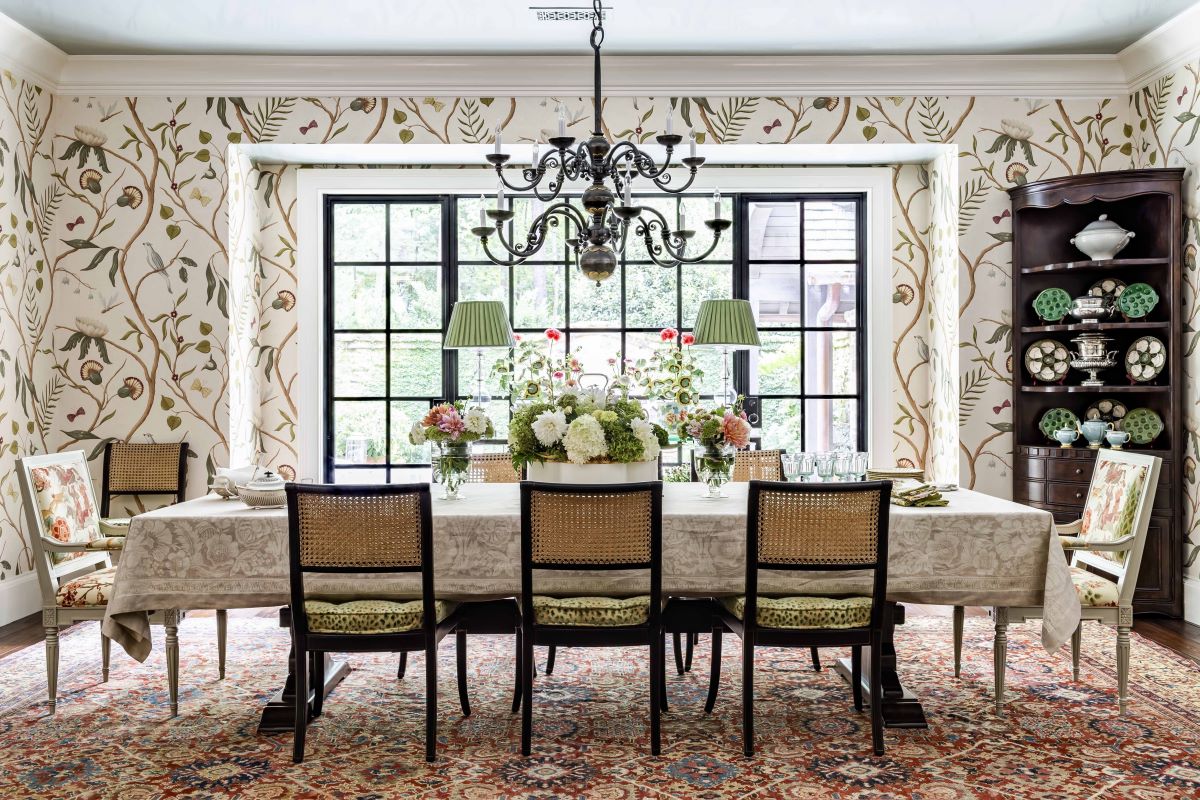
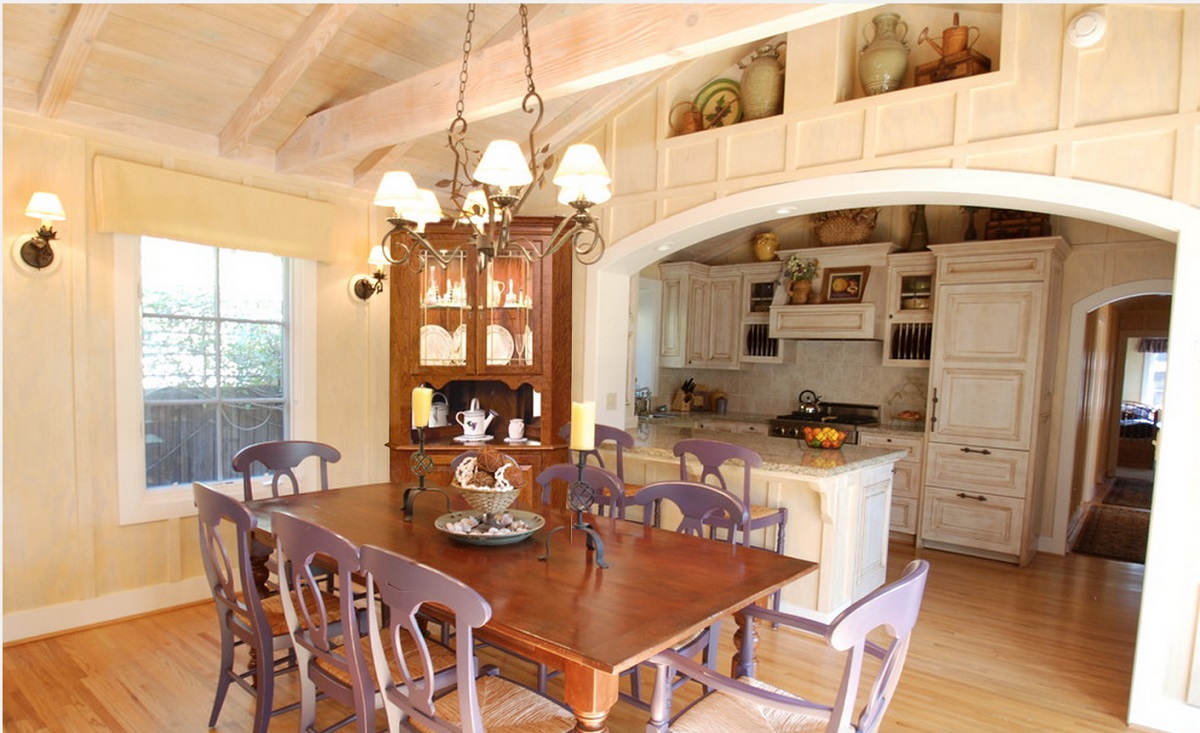
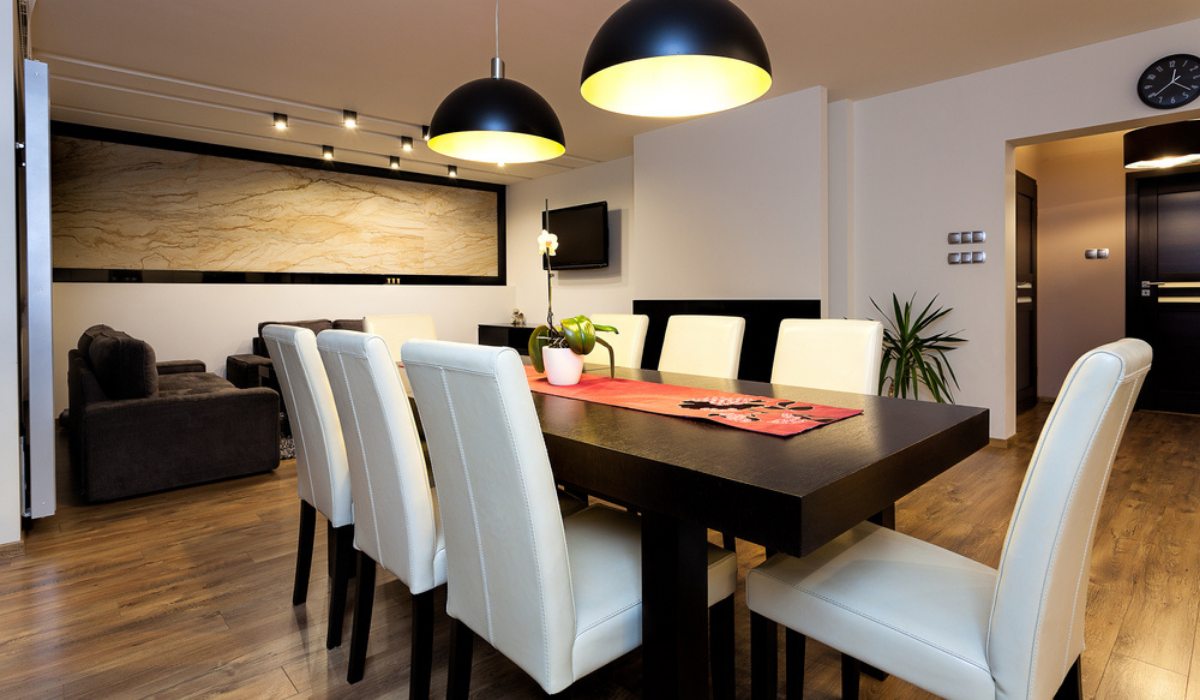

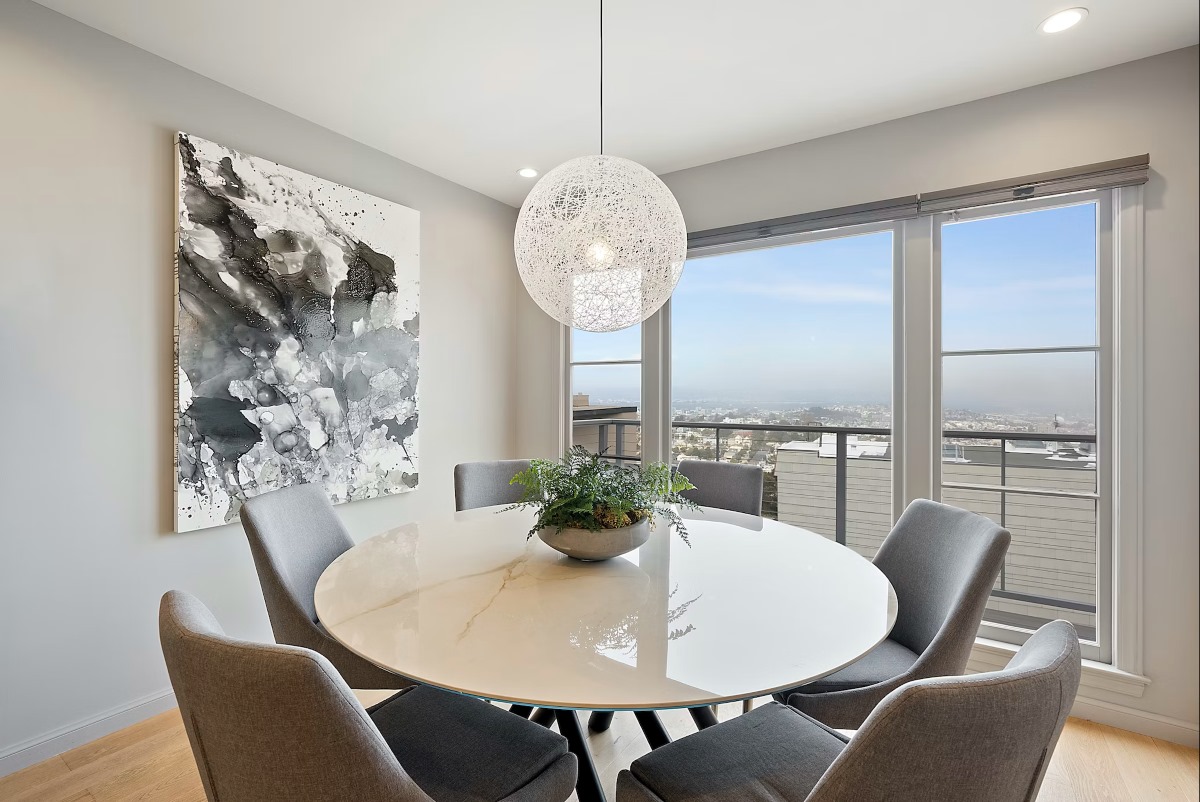

0 thoughts on “How To Organize Your Dining Room Efficiently”